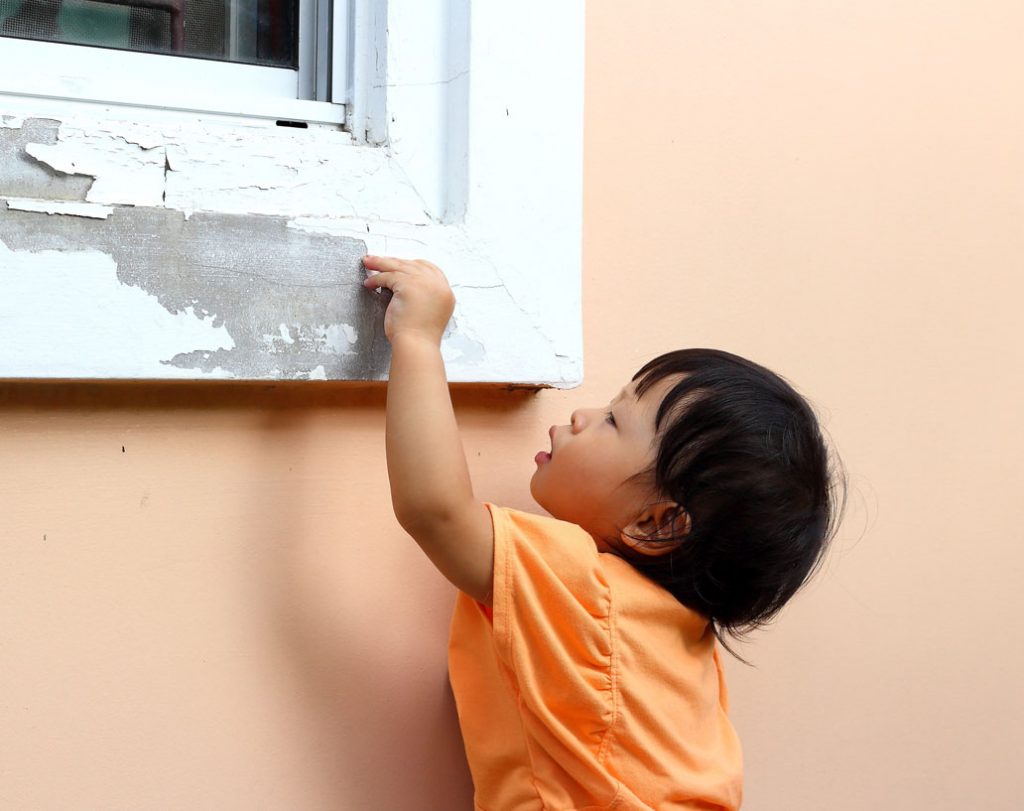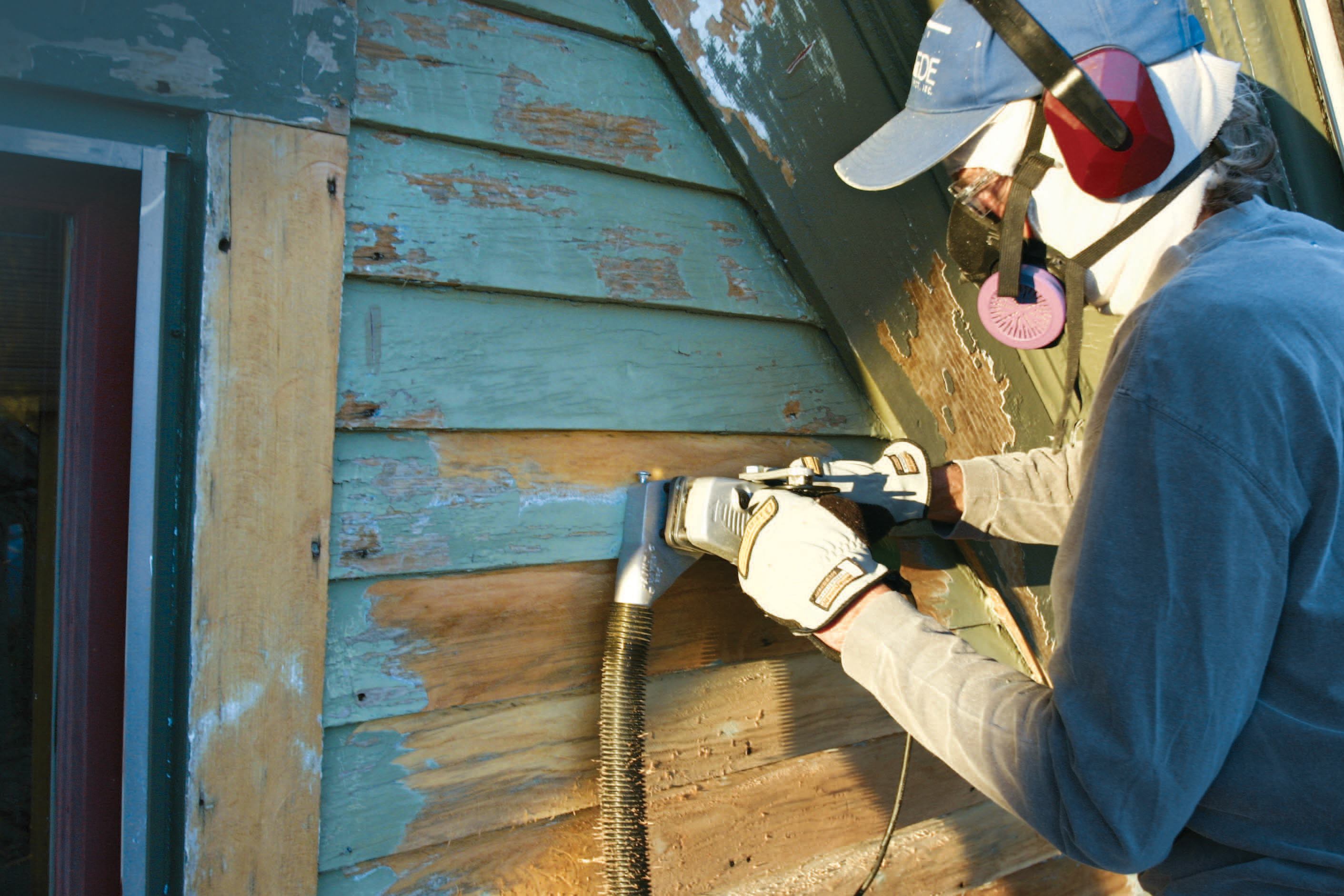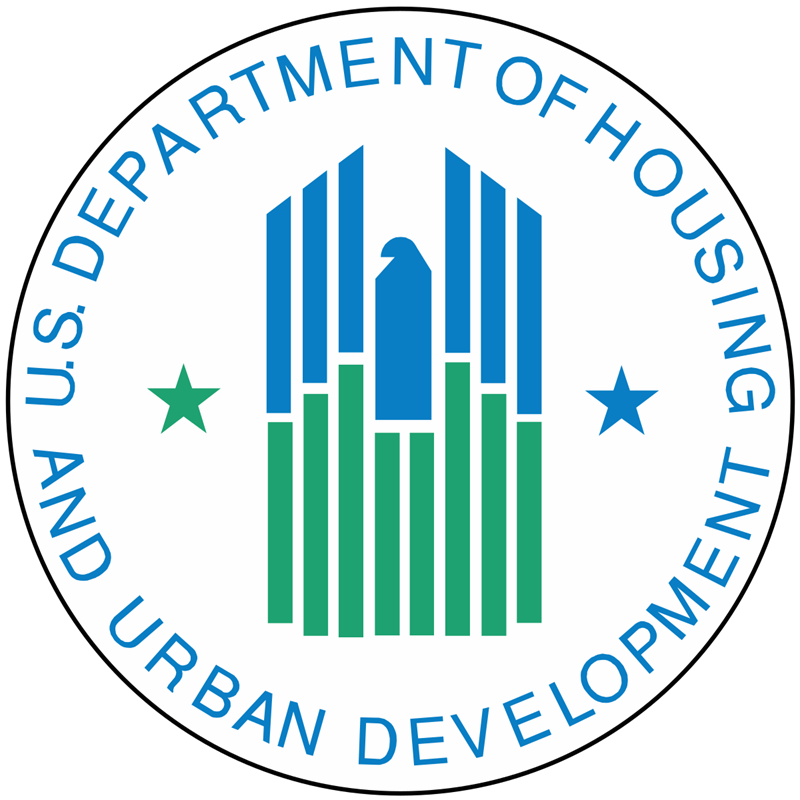Lead-Safe Housing Program

The Jefferson Lead-Safe Housing Program’s mission is to create healthy living conditions for residents of Jefferson Parish by educating the public on hazards of lead poisoning and other housing related health and safety hazards, identifying children with Elevated Blood-Lead Levels, and eliminating all home lead hazards.
The Jefferson Lead-Safe Housing Program offers grants to eliminate lead-based paint hazards in homes located in Jefferson and St. Charles Parishes.

The Lead Hazard Reduction Grant program is available to home owners and rental property owners who meet qualification criteria. Those who qualify may receive a grant for repairs designed to control lead-based paint hazards. Repairs may include replacing old wooden windows with new vinyl windows, vinyl siding and aluminum trim, covering porch floors and ceilings, and fresh paint!
Additionally, the Healthy Homes Supplemental Grant can be used for identifying and remediating multiple other housing-related health and safety hazards such as mold, asbestos, home safety and pest control. See the link below for the 29 supplemental hazards eligible for assistance.
View the 29 supplemental hazards eligible for assistance [PDF]
View the Lead Hazard Reduction Grant Program Flier [PDF] [Spanish PDF]
PROGRAM ELIGIBILITY
To qualify for the Lead Hazard Reduction Grant program, a homeowner or renter must meet the following criteria:
- Housing was built before 1978
- Owner-Occupied units must have one of the following:
- a child under the age of 6 who resides in the unit, or
- a child under the age of 6 who spends a “significant amount of time” in the unit, or
- a pregnant woman who resides in the unit
- Rental units do not require a qualifying child occupant at the time of assistance. The landlord must agree to give priority to families with children under the age of 6 when renting for 3 years following the completion of lead abatement activities. Vacant Rental units are eligible for assistance as well.
- Total household income must be below 80% of Area Median Income
The chart below shows 80% of the Area Median Income for 2021 by household size
| Household Size | Annual Household Income |
|---|---|
| 1 | $39,300 |
| 2 | $44,900 |
| 3 | $50,500 |
| 4 | $56,100 |
| 5 | $60,600 |
| 6 | $65,100 |
| 7 | $69,600 |
| 8 | $74,100 |
HOW TO APPLY
To apply for assistance, download and complete an application and email it to dannielle.small@jeffparish.net.
For additional information about the program call (504) 736-6262 or (504) 736-6270.
DANGERS OF LEAD-BASED PAINT HAZARDS
What is a Lead Hazard?
If your home was built prior 1978, it could contain lead-based paint. The older your home, the greater the chances of having lead-based paint or high levels of lead dust. Lead-based paint that is in poor condition and peeling, crackled, chipping, chalking or applied to friction and impact surfaces (such as windows and doors) can create a Lead Hazard. Lead dust and lead contaminated soils are also considered Lead Hazards.
How can my child get lead poisoning?
- Children generally get lead poisoning by breathing invisible lead dust or swallowing lead chips, dust or flakes from deteriorating lead based paint on buildings, barns, rental units and homes (painted prior to 1978).
- Another source is household dust from deteriorating exterior and interior paint, soil brought in from outside through footprints, dust blown in through open windows and doors and dust created when painted doors and windows rub against themselves when opening and closing.

- Drinking water can contribute to lead poisoning when it passes through old, corroded lead pipes, brass fixtures and solder on plumbing lines.
- Playing in soil contaminated with lead from past leaded gasoline use, flooding or dust from peeling lead paint can be a source. The lead dust gets caught under their fingernails, is inhaled or sometimes eaten.
- Dogs, cats and pets roll in the soil and bring it into the house on their fur. They play with the children, sleep in their beds and lay all over the house, spreading invisible lead dust.
- Parents who work in environments with lead bring it home on their clothes. Parents should change work clothing that may contain lead dust before coming in contact with children.
- Dust and fumes from hobbies such as stained glass soldering, ammunition casting or burning of lead wicks in certain candles can result in lead poisoning.
How does lead harm the body?
Lead can harm both children and adults. Many times there are no symptoms until the health problems are very serious. Usually people who are lead poisoned do not seem to be sick. Lead can cause high blood pressure and kidney damage in adults.

When young children are exposed to lead, they are at risk for:
- brain and nervous system damage
- slowed growth and development
- learning and behavior problems
- hearing and speech problems
Common symptoms of lead poisoning include:
- no desire to eat food
- damage to IQ
- damage to brain and nervous system
- damage to kidneys, headaches, lack of energy, constipation, and stomach cramps.
Who is at risk?
Children under the age of 6 who spend time in homes built before 1978, with chipping or peeling paint, are at greatest risk. Adults who work with lead on the job are also at high risk. This can include painters, remodelers, or workers in smelters or battery plants.
People remodeling their homes may also be at risk, if the paint in the home has lead in it. Family members can also become lead poisoned while the lead-based paint is being removed from the home, if the work is not done properly.
Lead was allowed in household paint until 1978. The older your home is, the more likely it is to contain lead-based paint. Paints containing up to 50 percent lead were used on the inside and outside of homes through the 1950s.
A pregnant or nursing woman's exposure to lead can harm her unborn baby or child.
Evaluating Lead-Based Paint in HUD-Assisted Housing Video Series
LEAD-SAFE HOUSING REGISTRY
The Jefferson Lead-Safe Housing Registry is provided to inform the community of housing units that have been made safe from lead-based paint hazards. The units, listed below, have been made lead-safe by the Jefferson Lead-Safe Housing Program through grant funding provided by the U.S. Department of Housing and Urban Development.
IMPORTANT ADVISORY:
The units shown in the listing below were made lead safe in the year listed but cannot be assumed to have remained lead safe unless the property owner has followed an "Ongoing Lead-Based Paint Maintenance Program." Such a program includes: Annual visual assessments; written notice asking occupants to report any deteriorated paint; maintenance schedules; having the property re-evaluated; the use of "lead safe work practices" and trained maintenance workers. The prospective renter or buyer should check with the owner to determine if these requirements have been met.
View Lead-Safe Housing units in the Jefferson Parish (October 2023 Update) [PDF]
TRAINING OPPORTUNITIES
In order to build local capacity of trained and certified individuals and firms to safely and effectively address lead hazards during lead hazard control, renovation, remodeling, and maintenance activities; the Program will provide funding for, State of Louisiana certified Lead Worker and Lead Project Supervisor classes.

An additional stipend to assist with the payment of the state credentials may be available upon successful completion of the training session (as funding is available). The dates of these training opportunities are to be determined. The EPA’s Renovation, Repair, and Painting (RRP) Program (Initial Training) may be offered as well, depending on interest levels.
The Program seeks to provide training, employment, contracting, and other economic opportunities generated by this program to low- and very-low income persons, particularly those who are recipients of government assistance for housing, and to businesses that provide economic opportunities to low- and very low-income persons in the metro area.
ADDITIONAL RESOURCES
- U.S. HUD Office of Lead Hazard Control and Healthy Homes
- U.S. EPA Information About Lead
- CDC Childhood Lead Poisoning Prevention Program
- Louisiana Healthy Homes and Childhood Lead Poisoning Prevention Program
- Lead Safe Kenner--Community Development Resources
- Protect Your Family From Lead in Your Home [PDF] [Spanish PDF] [Vietnamese PDF]
- You Can Prevent Lead Poisoning [PDF]
- Fight Lead Poisoning with a Healthy Diet [PDF] [Spanish PDF]
- Lead Paint Safety Field Guide [PDF] [Spanish PDF]


